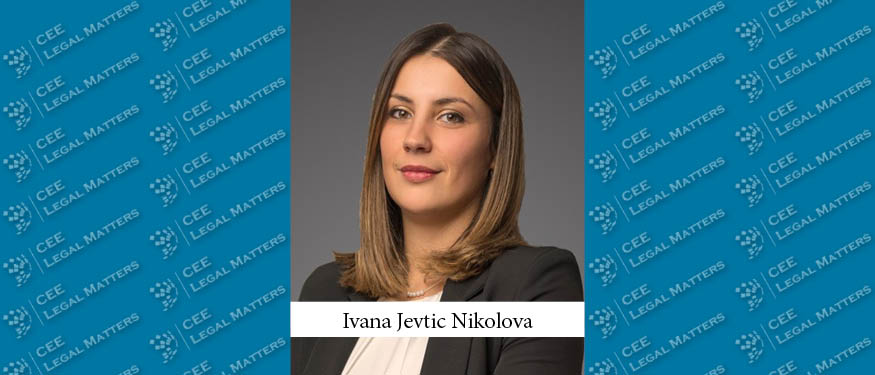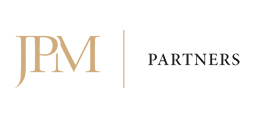Trademarks are more than just logos and brand names—they are powerful symbols that represent the values, quality, and recognition of a company or product. From the iconic swoosh of Nike to the golden arches of McDonald's, well-known trademarks have become ingrained in our daily lives, shaping our consumer habits and perceptions.
These marks are often the result of years of marketing, innovation, and customer loyalty, transforming simple designs into symbols of trust and excellence. But what makes a trademark "well-known"? It's the combination of recognition, history, and influence that makes these marks stand out in crowded marketplaces. In this world of branding, a strong trademark can be the key to success, making its owner a household name across the globe.
The first convention to regulate the well-known trademarks is the Paris Convention for the Protection of Industrial Property (adopted in 1883). Article 6-bis of the Convention defines that:
The countries of the Union undertake, ex officio if permitted by their legislation, or at the request of an interested party, to refuse or cancel the registration, and to prohibit the use, of a trademark that constitutes a reproduction, imitation, or translation liable to create confusion of a mark considered by the competent authority of the country of registration or use to be well-known as the mark of a person entitled to the benefits of this Convention and used for identical or similar goods.
These provisions also apply when the essential part of the mark constitutes a reproduction or imitation liable to create confusion with a well-known mark. A period of at least five years is allowed for requesting the cancellation of such a mark. Additionally, countries of the Union may stipulate a specific timeframe within which the prohibition of use must be requested. However, no time limit is fixed for requesting the cancellation or prohibition of use for marks registered or used in bad faith.
What are Well-Known Trademarks?
Well-known trademarks are those that have achieved widespread recognition and distinctiveness beyond the specific goods or services they represent.
However, determining whether a trademark is well-known or not can sometimes be a complex and nuanced process.
To facilitate and unify the process of assessing whether a trademark has become well-known, the Assembly of the Paris Union for the Protection of Industrial Property and the General Assembly of the World Intellectual Property Organization (WIPO) at the thirty-fourth series of Meetings of the Assemblies of the Member States of WIPO, held on September 20 to 29, 1999, have adopted Joint Recommendations concerning provisions on the protection of Well-Known Marks.
Factors for consideration
According to Article 2 of these Joint recommendations, in determining whether a mark is a well-known mark, the competent authority shall take into account any circumstances from which it may be inferred that the mark is well known. In particular, the competent authority shall consider information submitted to it with respect to factors from which it may be inferred that the mark is, or is not, well known, including, but not limited to, information concerning the following the criteria for assessing well-known marks include:
- The degree of knowledge or recognition of the mark in the relevant sector of the public. The degree of knowledge or recognition of the mark can be determined through consumer surveys and opinion polls.
- The duration, extent, and geographical area of use of the mark. The duration, extent, and geographical reach of the mark’s use are highly relevant indicators of its recognition and status as well-known by the relevant sector of the public.
- The duration, extent, and geographical area of any promotion of the mark, including advertising or publicity and the presentation, at firs or exhibitions, of the goods and/or services to which the mark applies. This includes the duration and geographical area of promotion activities, such as advertising and participation at fairs or exhibitions. Promotion can occur through various media, including print and digital channels.
- The duration and geographical area of any registrations, and/or any applications for registration, of the mark, to the extent that they reflect use or recognition of the mark. The duration and geographical extent of registrations and applications for registration of the mark reflect its use and recognition. The number of global registrations serves as a strong indicator of a mark’s widespread recognition, even if owned by multiple entities within a group.
- The record of successful enforcement of rights in the mark, in particular, the extent to which the mark was recognized as well known by competent authorities
- The Value associated with the mark. The inherent value of a mark may be assessed through various valuation methods. This criterion acknowledges that the value may indicate whether the mark is widely recognized.
Additional Considerations
While the criteria outlined serve as guidelines for assessing whether a mark is well-known, they are not strict prerequisites for making a determination. In some cases, all criteria may be relevant, while in others, only a few may apply. In certain situations, additional factors may also influence the decision, which could be considered alone or in conjunction with the listed criteria.
In summary, well-known trademarks play a significant role in intellectual property law, and the above criteria ensure a comprehensive assessment of their recognition and protection.
By Ivana Jevtic Nikolova, Partner, JPM (North Macedonia)


